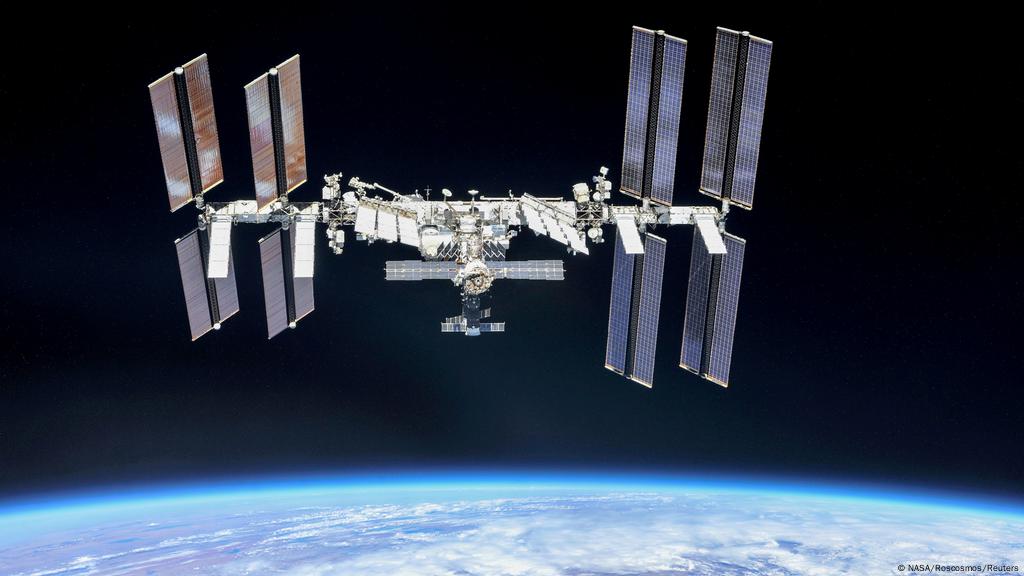
Finally, we’ve come to the last post of my environmental blog on how we pollute! Throughout the past 12 weeks, we’ve looked at various ways in which consumers like you and I have been contributing to environmental pollution. This blog has made me come to realise that our daily activities, when accumulated over time and over space, has placed a lot of pressure on our environment. How then, do we advocate a consumers’ responsibility for the environment?
The university of Arizona (2019) has found that reduced consumption is better than a “green” consumption. This suggests that limiting the purchase of products reduces more environmental pollution as compared to purchasing products that are designed to limit environmental impacts. One argument that I have against this is that some products are essential in daily living. As such, reducing the consumption of these products may not necessarily be feasible. For example, looking back at week 2’s analysis on food consumption, during the COVID-19 pandemic, Singapore regulated that dining in was not allowed (Baker, 2020). As such, all residents who ordered food had to use takeaway boxes. Furthermore, as COVID-19 triggered a heightened sanitised environment, individuals were not allowed to use their own reusable containers or bottles to collect their food. Therefore, certain situations such as the pandemic prohibits the reduction of consumption.
Nonetheless, if the past 12 weeks have thought me one thing, it would be that the onus of reducing environmental pollution is on the consumers. Without consumers demand, production of unsustainable products would eventually cease to exist. Thus, for luxurious products and services that can be forgone, it is our responsibility as consumers to avoid them for a better planet.
References
University of Arizona (2019) ‘Buying less is better than buying “green” — for the planet and your happiness’, ScienceDaily. Available at: https://www.sciencedaily.com/releases/2019/10/191008155716.htm (accessed April 2022).

